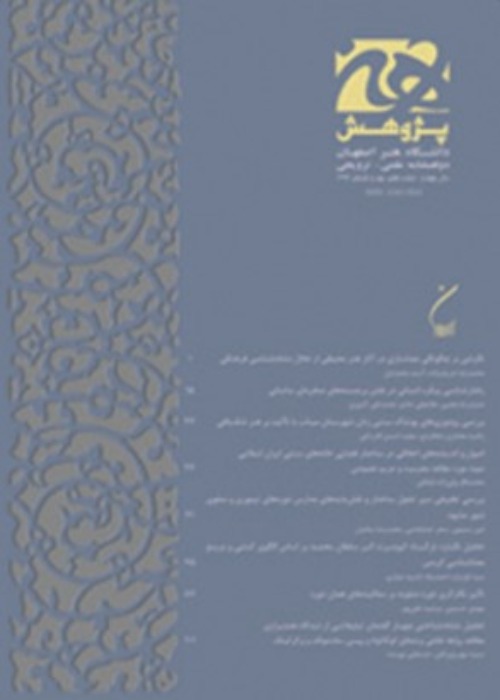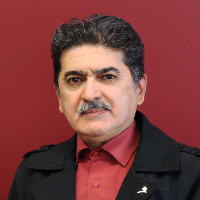Studying the Reflection of the Blue and White Porcelain in the Shah- Tahmasebi’s Shahnameh based on Gerrard Gonette›s Theories
With the beginning of Freud’s critique of psychoanalysis, a great change took place in the field of critique: since before Freudian psychoanalyzing method, all the critics were analyzing art and literatures based on artists’ conscious mind and their conscious intentions, but after that analyzers focus on unconscious mind to interpret artworks, and Jung who was one of his students, offered ideas on evaluation and in some cases even opposition to his ideas. Jung considered the unconscious mind to be individual and collective. The purpose of this paper is examining the relationship between Arthur tress’s artworks, American contemporary staged photographer, and the individual and collective unconscious mind. This photographer was chosen because Tress is very interested in studying Jungian psychology, and dream is an important concern for him, so investigating these artworks would not be far-fetched. This article seeks to find the reasons of repeating some components or themes of Tress’s works, which are likely attributed to his unconscious mind. This research was carried out by analytical-historical method, and in the first stage, Arthur Tress’s works were analyzed using Jung’s special method and terms regarding individual unconscious mind, and then in order to examine the effect of the collective unconscious mind on his photographs, these works have been compared with the myths that certainly attributed to the human collective unconscious mind. Therefore, in this stage of the research, the critique method of Gilbert Dorna’s mythoanalysis was used, which was based on the study of the similarity between the repeated themes in today artists’ works with ancient myths. The findings show that some of recurring themes in Tress’s works are rooted in his individual unconscious mind which is related to his personal life and memories. In addition, as these themes are perfectly aligned with the themes of ancient myths, it can be concluded that human collective unconscious mind has an important role in forming this photograph’s works.
- حق عضویت دریافتی صرف حمایت از نشریات عضو و نگهداری، تکمیل و توسعه مگیران میشود.
- پرداخت حق اشتراک و دانلود مقالات اجازه بازنشر آن در سایر رسانههای چاپی و دیجیتال را به کاربر نمیدهد.




